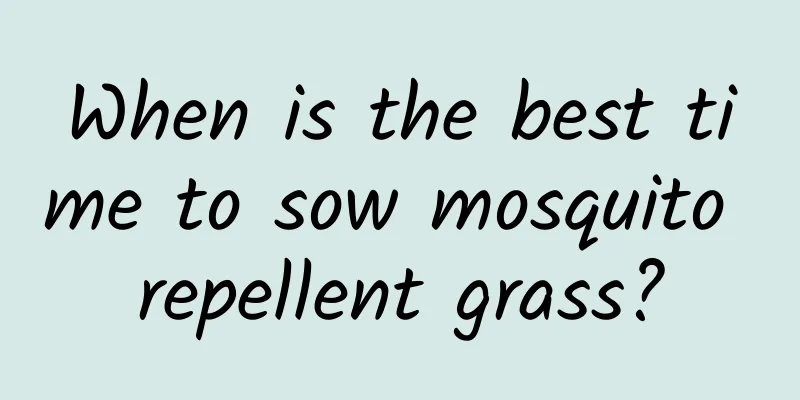The main species of Hellebore

Helleborus serrulateHellebore serrulate, also known as Corsican hellebore, is characterized by evergreen leaves and light green flowers. The plant of Hellebore serrulates is tall, easy to produce seeds, and has shiny leaves with toothed edges. It is easy to propagate by self-seeding and is a good flower border material. HelleboreHellebore has beautiful leaves and gray-green flowers that bloom in spring. The sneezewort is native to the United Kingdom. It is an evergreen herb with dark green leaves and flowers with an unpleasant odor. The flowers of the hellebore are gray-green, and some varieties have red edges. The flowering period is from late winter to early spring, and sometimes it can bloom at Christmas. In June, the old leaves need to be removed to promote the growth of new leaves, which will lead to better growth. The plant height and crown diameter are about 45cm. It prefers a semi-shady environment and is a good potted flower. Black HelleboreBlack hellebore, also known as the "Christmas rose," has drooping flowers that begin blooming in January and last until the end of April. Black hellebore was hybridized with other species to produce many excellent offspring. Oriental HelleboreThe colors of Oriental hellebore flowers vary, including pure white, apple green, light pink, apricot yellow, dark purple and light black. There are dark red spots of varying shades on the petals, and the flowers are round or star-shaped. Generally, white, pink and purple are more common. It blooms in late winter and early spring. It prefers a semi-shady environment. It is strong and can live up to 15 years or even longer. Other large species of HelleboreThere are other large species of hellebore, including Sternbergia sternbergia, which is a hybrid of Helleborus serrulate and Helleborus lividus. The petals of the red-purple hellebore are purple. The helleborus is native to the forests on hillsides in Sichuan, Gansu, Shaanxi and other places in western China. Also includes gray hellebore and Turkish hellebore. |
<<: How to cultivate monkey face orchid
>>: Cultivation methods and precautions of dogtooth flower
Recommend
Hollyhock Pests and Control Methods
Hollyhock Pests: Red Spider Mites symptom Also kn...
What is wheat
What is wheat Wheat is an important food crop of ...
Reasons why it is not suitable to plant trumpet creeper in rural courtyards
1. Reasons why it is not suitable to plant trumpe...
This way of growing flowers doesn't cost a penny. Don't be frugal to grow flowers anymore.
1. You can also have beautiful flower pots withou...
How to care for yew bonsai in winter
Winter Watering Watering in the greenhouse After ...
What kind of insects does Avipyramid treat?
Abamectin is a compound insecticide of avermectin...
How to save seeds of azalea
How to get azalea seeds Rhododendron, also known ...
What is the difference between Dutch chrysanthemum and aster?
Different morphological characteristics Aster is ...
What to do with the little white bugs on the leaves
1. Soil treatment Before planting the plant in th...
How to cultivate the grass
1. Maintenance methods 1. Temperature: Ornamental...
How to make bamboo begonia bloom
1. Rehydrate in time For the bamboo begonia to bl...
How to change the soil of golden diamond and what is the time and method of changing the soil and pot
When to change the soil for the gold diamond Gene...
Can Beibei pumpkins be planted all year round? When is the best time to plant them?
The planting area of Beibei pumpkin in China is...
The flower language and cultural significance of Chickweed
The flower language of Chickweed Longevity and he...
How to water broad-leaved red orchid
1. Watering method Generally speaking, there are ...









